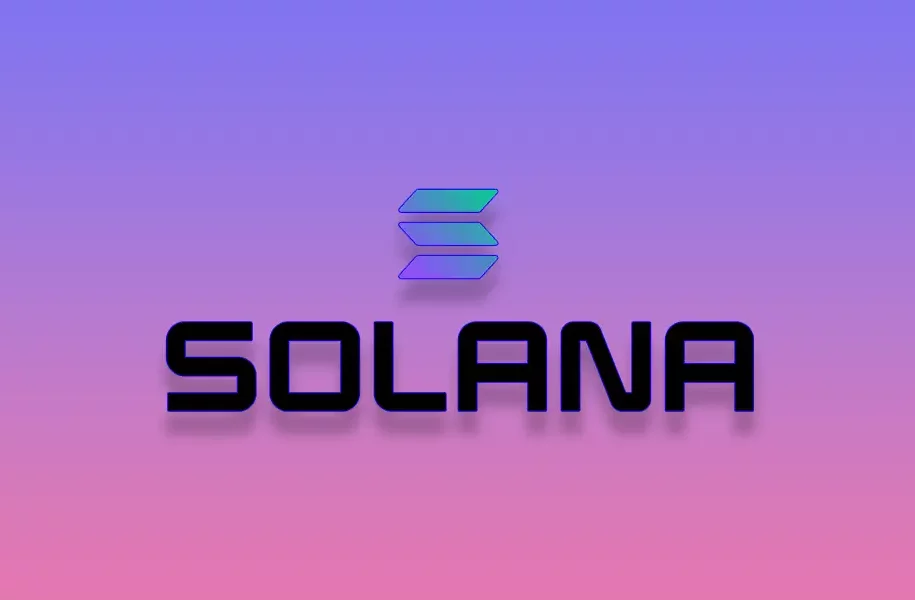Solana: Can It Disrupt PayPal and Become a Fintech Leader in Digital Payments?

PayPal has been a pioneer in the digital payments industry, making it easy for consumers to pay for things and send money.
As a result, the company has amassed 435 million active accounts, and its market capitalization currently stands at over $82 billion. Despite PayPal’s dominance, the cryptocurrency Solana promises to disrupt the industry with its unique features.
The promise of Solana
One of the most significant advantages is its ability to offer virtually feeless transactions. The Solana Pay payment service allows merchants and consumers to transact directly without expensive intermediaries, and fees are essentially nonexistent thanks to the project’s native SOL token.
This feature can be particularly beneficial for small businesses that operate on thin margins, allowing them to cut their payment processing costs and reinvest in growth opportunities.
Solana Pay also offers other unique features, such as non-fungible tokens (NFTs) that can serve as digital purchase receipts. NFTs can also provide valuable channels for merchants to communicate with customers and foster deeper connections between the two sides of a transaction. For example, suppose you buy a pair of sneakers at a store that accepts Solana Pay. In that case, you receive an NFT that authenticates the shoes and grants you access to special events in the future.
Another advantage of Solana is its high transaction throughput. The network can theoretically process up to 50,000 transactions per second (TPS) in the same ballpark as Visa’s 65,000 TPS. In contrast, Ethereum and Bitcoin can process only 27 TPS and 7 TPS, respectively. This high transaction throughput makes Solana a viable payment solution for businesses of all sizes.
READ MORE: Cardano Founder Hoskinson Upbeat on NFTs and Future Plans
Challenges
Despite these advantages, there are some risks to consider when using the blockchain. Technical risks, such as network outages, can occur, and security risks are associated with handling cryptocurrency assets. Additionally, Solana must be user-friendly for merchants and consumers to gain widespread adoption as a payment solution.
While the project may not replace PayPal or other traditional payment solutions anytime soon, it is still worth keeping an eye on. The payments industry is incredibly lucrative, with PayPal generating a free cash flow margin of 18.5% last year and Visa and Mastercard posting operating margins of 68.4% and 53.9%, respectively, in their latest fiscal quarters. If Solana can overcome its technical and user adoption challenges, it could disrupt the payments industry and become a viable alternative for businesses and consumers.
















